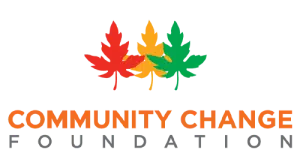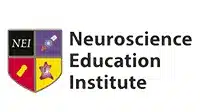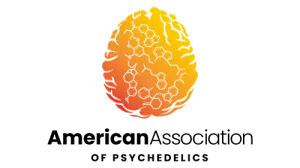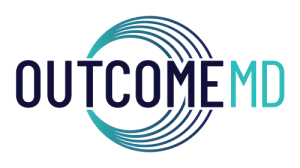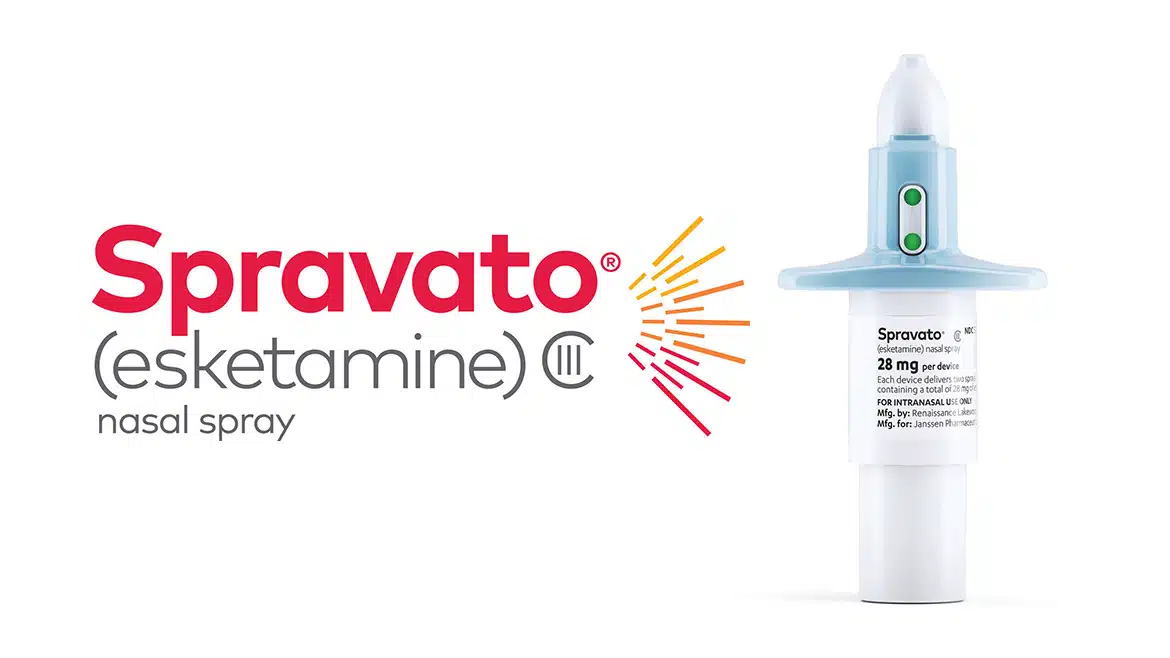Ketamine and Ketamine Therapy: An In-depth Resource
Ketamine is a multifaceted drug, originally introduced to the medical world as an anesthetic. Its primary use was to provide pain relief and sedation during surgical procedures, and its efficiency in this role ensured its widespread acceptance in the medical community. However, beyond its anesthesia roots, recent scientific investigations have shed light on ketamine’s profound potential in the realm of mental health.
In the past couple of decades, the landscape of mental health treatment has witnessed a surge in the exploration of alternative therapies, especially for conditions that remain resistant to traditional treatments. In this context, ketamine emerged as a promising candidate. Unlike many other treatments, ketamine’s effects on depressive symptoms, for instance, have been observed to be rapid and robust, often providing relief where other medications could not.
This new-found role of ketamine has spurred a wave of excitement and intrigue among researchers, clinicians, and patients alike. Its potential therapeutic applications extend beyond depression, touching upon a range of mental health disorders, from anxiety to post-traumatic stress disorder. Such versatility has made ketamine a focal point of contemporary psychiatric research.
The journey of ketamine, from operating rooms to psychiatric clinics, is a testament to the ever-evolving nature of medical science. As our understanding of the brain advances, so does our ability to repurpose existing drugs in innovative ways, amplifying their potential and offering hope to those in need.
In this guide, we aim to unravel the multifaceted world of ketamine. From its historical origins to its mechanisms of action, and its promising therapeutic applications, we delve deep into what makes this drug a significant topic of discussion in modern mental health circles.
A Brief History of Ketamine
In the annals of medical history, the 1960s marked a transformative period with the advent of numerous drugs, and among them was ketamine. Originally developed by Dr. Calvin L. Stevens at Parke-Davis Laboratories in 1962, ketamine was conceived as a derivative of phencyclidine (PCP) and was intended to serve as a safer alternative to existing anesthetics. The primary goal was to find an anesthetic agent that could offer pain relief and sedation without the undesirable side effects of other drugs prevalent at the time.
By 1970, ketamine received its official FDA approval and was introduced into the market under the brand name Ketalar. What set ketamine apart from its counterparts was its unique ability to induce a trance-like state, often referred to as “dissociative anesthesia,” where patients remained technically conscious but were detached from their surroundings. This made it particularly valuable in challenging environments like battlefields or in emergency situations where rapid anesthesia was required without respiratory depression.
Another significant advantage was its safety profile. Unlike many other anesthetics, ketamine didn’t suppress breathing or blood pressure, making it especially valuable in pediatric surgeries where maintaining stable vital signs is crucial. Furthermore, its analgesic properties meant it could effectively mitigate pain at sub-anesthetic doses, which further broadened its utility in the medical realm.
As the decades progressed, the use of ketamine extended beyond the confines of operating theaters. Its unique pharmacological properties caught the attention of researchers and psychiatrists, leading to explorations into its potential for addressing mental health disorders. Today, while still used as an anesthetic, ketamine’s role in psychiatry and its potential as a revolutionary treatment for mood disorders marks a new chapter in its illustrious history.
How Does Ketamine Work?
Anesthetic Mechanism
Ketamine’s journey from the lab to the operating room was driven by its distinct mode of action as an anesthetic. Unlike many of its contemporaries, ketamine primarily targets the N-Methyl-D-Aspartate (NMDA) receptors located in the brain. These receptors play a crucial role in modulating synaptic strength and plasticity, which are fundamental processes in cognition, memory, and learning. When ketamine blocks these NMDA receptors, it disrupts the normal flow of signals in the brain, leading to a dissociative state where external stimuli, like pain, are no longer perceived or are significantly dulled. It’s this potent blocking action that has made ketamine invaluable in surgical settings, especially when quick and effective anesthesia is essential.
Antidepressant Mechanism
The renaissance of ketamine as a potential antidepressant heralds a fascinating shift in how we perceive this versatile drug. While the exact mechanisms remain a topic of intense study, preliminary findings offer intriguing insights. Ketamine’s antidepressant properties appear to be linked not just to the NMDA receptors but also to its ability to stimulate synaptogenesis. This is the intricate process through which neurons form new synaptic connections, effectively enhancing communication between various brain regions.
By promoting synaptogenesis, ketamine helps in restoring and strengthening damaged neural circuits, which are often found in individuals with depression. Furthermore, ketamine’s influence on neuroplasticity—a brain’s ability to reorganize itself, forming new neural connections throughout life—means that it can potentially reverse neural stagnation or deterioration that’s commonly seen in chronic mood disorders.
Moreover, ketamine has shown to trigger a surge in the production of the neurotransmitter glutamate in the spaces between neurons. This, in turn, triggers a chain reaction, releasing other molecules that support neuron health and function, further underscoring its potential role in enhancing overall brain health.
In summary, ketamine’s dual action, both as an NMDA receptor antagonist and a promoter of neural health and connectivity, offers promising avenues in treating not just physical pain but also the deeper, often intangible pain of mental health disorders.
Ketamine in Mental Health
In the vast landscape of mental health treatments, the emergence of ketamine as a potential therapeutic tool marks an exciting new chapter. While its anesthetic properties have been long recognized, its efficacy in addressing various mental health disorders has been a revelation over the past decade. Here’s a closer look at some of the conditions it has been studied for:
Depression
Perhaps the most significant breakthrough has been in the realm of depression treatment. Traditional antidepressants often take weeks to manifest any therapeutic effects and may not work for everyone. In stark contrast, several studies have underscored ketamine’s rapid-acting nature, suggesting that even a single dose can bring about a marked reduction in depression symptoms. This is particularly impactful for patients who haven’t found relief from other treatments, offering them a beacon of hope. The potential for fast relief is a game-changer, especially for those at high risk of self-harm or suicidal ideation.
Anxiety
As with depression, anxiety is a pervasive condition that often proves resistant to conventional therapies. Initial research into ketamine’s effects on anxiety is promising. Observations suggest that ketamine may provide swift relief from debilitating anxiety symptoms, making daily tasks more manageable for patients and enhancing overall quality of life. While research is still in the nascent stages, the initial outcomes paint a hopeful picture for those grappling with persistent anxiety.
PTSD
Post Traumatic Stress Disorder (PTSD) remains one of the most challenging mental health disorders to treat, primarily due to its roots in traumatic experiences. The emerging data hinting at ketamine’s potential efficacy against PTSD is thus heartening. Preliminary findings indicate that ketamine may help alleviate the distressing symptoms associated with PTSD, such as flashbacks and severe anxiety. By potentially resetting certain neural pathways, ketamine might offer PTSD sufferers a respite from the chains of their traumatic memories.
In essence, the foray of ketamine into the realm of mental health is emblematic of the evolving understanding of brain dynamics and neurochemistry. As research continues, there’s optimism that ketamine could revolutionize the way we address and treat an array of mental health challenges.
The Process of Ketamine Therapy
The journey of ketamine therapy, which holds promise for many who struggle with certain mental health issues, is one that is approached with precision, care, and extensive expertise. Here’s a step-by-step breakdown of the process:
1. Screening: This is a crucial first step in the therapeutic journey. Before initiating ketamine therapy, patients are meticulously evaluated to ensure they’re the right fit for the treatment. This screening involves a comprehensive assessment of medical history, current medications, and any potential contraindications. The goal is to ensure the utmost safety of the patient and to predict the likelihood of a positive therapeutic outcome.
2. Dosing: One of the standout features of ketamine in therapy, as opposed to its use in anesthesia, is the dose. The therapeutic dose of ketamine is significantly lower than what’s used in surgical settings. Clinicians determine the exact amount based on a variety of factors, including the patient’s weight, the specific condition being treated, and any previous responses to medications.
3. Administration: The versatility of ketamine is evident in the multiple ways it can be administered. Intravenous (IV) infusion is a common method, especially for depression, due to its direct entry into the bloodstream and predictable effects. Intramuscular injections offer another option. Alternatively, for those wary of injections or infusions, oral solutions and nasal sprays have been developed, broadening the scope for its accessibility.
4. Monitoring: The safety and well-being of the patient are paramount. Hence, during the administration of ketamine, there’s constant monitoring to ensure everything goes smoothly. Vital signs, including heart rate, blood pressure, and oxygen levels, are typically observed. After the treatment, patients might be kept under observation for a period to ensure they’re stable, especially given the potential for transient side effects like dizziness or vivid dreams.
In summary, the process of ketamine therapy is a meticulously charted course, aimed at maximizing therapeutic benefits while ensuring patient safety. As it continues to gain traction in mental health circles, the hope is that more individuals will find solace through this novel treatment approach.
Ketamine vs. Traditional Antidepressants
In the world of mental health treatments, the emergence of ketamine as a potential therapeutic tool has generated considerable interest, especially when contrasted with traditional antidepressants. Here’s an in-depth comparison:
1. Speed of Action: One of the most defining differences between ketamine and traditional antidepressants is the speed at which they produce noticeable results. Traditional antidepressants, including selective serotonin reuptake inhibitors (SSRIs) and serotonin-norepinephrine reuptake inhibitors (SNRIs), usually require weeks, and sometimes even months, before their therapeutic benefits become evident. In contrast, ketamine can produce noticeable relief within hours to days of administration, marking a significant shift in rapid-acting therapeutic interventions.
2. Mechanism of Action: While traditional antidepressants largely function by modulating neurotransmitters like serotonin, norepinephrine, and dopamine, ketamine works on a different plane. It primarily targets the NMDA receptors, blocking them to create its anesthetic effects. This blockage also appears to lead to increased synaptogenesis and neuroplasticity, providing relief from depressive symptoms.
3. Response Rate: A significant fraction of individuals suffering from depression may not respond adequately to conventional antidepressant treatments. This condition, known as treatment-resistant depression, poses a significant challenge. Ketamine has shown promise for this particular group, offering hope to those who previously found little relief.
4. Administration and Dosage: Traditional antidepressants are typically taken orally in pill or capsule form on a daily basis. Ketamine, on the other hand, is administered in various ways, including intravenously, intramuscularly, or as a nasal spray. Furthermore, while traditional medications require regular dosing to maintain therapeutic levels in the system, ketamine therapy often involves spaced-out sessions.
5. Side Effect Profile: Both ketamine and traditional antidepressants come with their unique set of potential side effects. However, due to the psychedelic properties of ketamine, patients might experience transient hallucinations or dissociative effects, which are uncommon with conventional antidepressants.
In summary, while both ketamine and traditional antidepressants serve to combat depression, their differences in action, mechanism, and administration make them unique. As research progresses, the hope is that individuals can be matched more precisely with the treatment best suited to their needs, paving the way for more personalized mental health care.
The Mental Health Revolution
The realm of psychiatric care is undergoing a paradigm shift, and ketamine stands as a testament to this transformative era. Once confined to the operating rooms as an anesthetic, ketamine has now broken its shackles to emerge as a potent player in the treatment of persistent mental health challenges. Its swift action, especially in situations where other treatments have faltered, has brought a ray of hope to countless individuals who had nearly given up on finding relief.
Moreover, the ability of ketamine to alleviate symptoms within mere hours showcases a potential turning point in mental health treatment, steering away from the often slow-acting traditional medications. Its unique mechanism, focusing on neural pathways distinct from those targeted by standard antidepressants, has broadened our understanding of the brain’s intricate workings and how we might intervene to alleviate suffering.
As science progresses, the spotlight on ketamine intensifies. While we continue to unravel its mysteries and potential benefits, it’s crucial to approach its use with caution, ensuring safety and efficacy. However, there’s no denying that ketamine’s entry into the world of psychiatric treatments has instilled a renewed optimism. It serves as a testament to the fact that the quest for innovative and effective mental health solutions is unending, continually pushing the boundaries and reshaping our therapeutic landscape.
Resources
For those seeking more in-depth information, here are a few trusted resources:
- The National Institute of Mental Health (NIMH) on Ketamine
- The American Psychiatric Association (APA) guidelines on Ketamine Treatment
- Research articles on PubMed
Our Stories and Articles
Discover how Ketamine Therapy Depression Treatment is revolutionizing mental health care and transforming lives.
Introduction A Brief Overview of Depression and Its Impact on Society Depression is a common, yet serious, mood disorder that […]
Introduction to Spravato in Tampa FL, Knoxville TN and Johnson City TN Brief Overview of Spravato Spravato, also known as […]
Revitalist Offers a New Source of Relief
How Does Ketamine Work?
Ketamine has been shown to stimulate neuron growth in the brain in as quickly as one hour. Many scientists studying ketamine are focusing on the neurotransmitter glutamate, which plays an important role in neural activation.
Can My Doctor Refer Me To Revitalist?
The Revitalist Provider Portal allows your doctor to easily, and with much attention to privacy, refer you for consultation. Should you receive treatment, we will communicate with your existing provider(s) regarding your care.
How Soon Will My Symptoms Improve?
More than 70% of patients with treatment-resistant depression (including bipolar patients) experience rapid relief after a low-dose ketamine infusion. Similar success rates have been seen in returning combat veterans suffering from PTSD.


